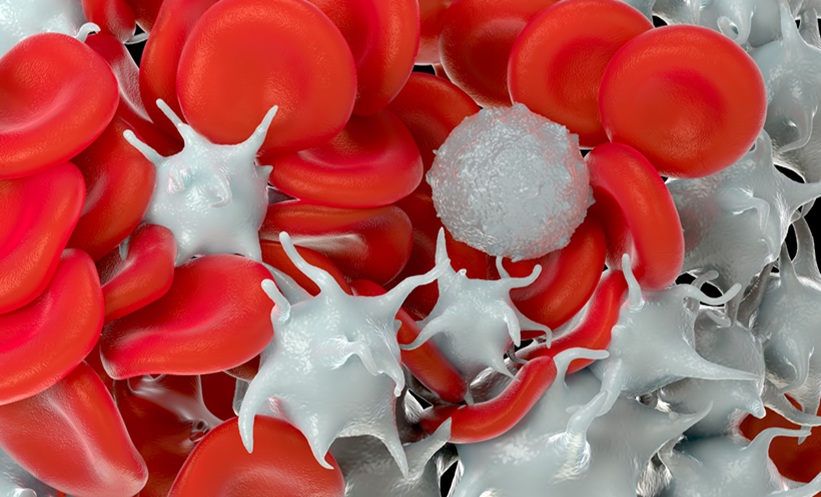Abstract
Hepatitis B virus (HBV)-related liver disease is a common indication for liver transplantation (LT) in Asian countries.1 When left untreated, the overall five-year survival rate in HBV-related cirrhosis is 71%, which in cases of decompensated cirrhosis decreases to 14%.2 In the 1980s, hepatitis B-related acute liver failure and chronic liver disease (CLD) were considered contraindications for LT because of almost universal graft reinfection and high rates of graft and recipient failure (>50%).3-4 These patients had severe and rapidly progressive liver disease with a two-year graft and patient survival of 50% compared to 80% in those transplanted for non-HBV-related CLD.5 As a result, there were fewer LT for HBV liver disease for several years.6 However, with the introduction of nucleoside and nucleotide analogues and the use of intra and post- operative hepatitis B immunoglobulin (HBIG), there was renewed interest in the application of LT in these patients. There was a significant decrease in post-operative HBV recurrence rates.7-9 The current overall survival of patients transplanted for HBV-related cirrhosis has improved to 85% at one year, and 75% at five years.7,10-12 The present review highlights issues pertaining to HBV reinfection and de novo infection in LT recipients with recommendations for its management.
Please view the full content in the pdf above.







